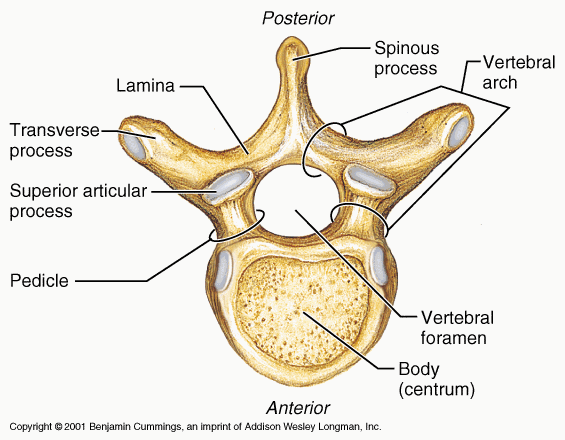
Initially, it is important for you, as patients, to know that as a Chiropractor we are able to refer for further investigations such as MRI Scans and X-Rays. However, currently as far as I am aware, Chiropractors do not have any ability to refer to the NHS for these scans. Meaning they have to be done privately with enough justification for the radiographer to deem the scans necessary, particularly if there is a radiation dose included. Some Chiropractors will x-ray more than others and some may have x-ray facilities in their clinic. Others, may not. This is purely up to the Chiropractors philosophy and approach.
This, however is not what this blog is about. Over the last few years we have had a number of athletic adolescents present to myself with ongoing low back pain. Firstly, it is important to know that back pain in children is relatively common, with figures ranging from 30-80% incidence rates by the time the individuals reach 20 years old (Harreby, Neergaard, Hesselsoe et al., 1997; Jones and Macfarlane, 2005). Despite low back pain being common in both Adults and Adolescents, research carried out in 2001 by King states that the reasons for the back pain between the two groups may differ significantly. Bernstein and Cozen (2007) summarised the potential diagnoses in adolescence with back pain which can be seen below:

Of course, when of you see this table you will be drawn to the most sinister of issues, which is likely to be "Tumor". However, these cases are extremely rare. Tumors such as Osteosarcoma count for 4 people per million per year in the age group of 0-14 and 5 people per million per year per in 14-19 year olds. Of those, only 8% of those tumors are found within the pelvis (Ottaviani and Jaffe, 2009). Most cases of back pain within this age group are non-specific and self-limiting (Bhatia, 2008).
However, in 2004 an gentleman with an exceptionally famous name, Bono (Not the one from U2), took a specialist interest in into adolescents with back pain participating in sporting activities. As a result Bono concluded that back pain is common in youth who participate in sports that require flexion, extension and rotation of the spine. The particular sports highlighted include gymnastics, wrestling and cricket. I'd probably add Kickboxing on that list too.

Injury surveillance in professional cricket in Australia and the United Kingdom has revealed that low back injuries are very common among fast bowlers (Orchard and James, 2003). It is estimated that between 37% and 35% of injuries sustained by junior fast paced bowlers are injuries to the low back region (Davies, Randt and Venter et al., 2008). Crewe et al. (2012) states that the primary concerns with this age group are injuries sustained to the Pars Interarticularis or Pedicle (this is kind of the bridge between the front and the back of the vertebra) and the Intervertebral discs (IVD’s, the cushion between each spinal segment and sits above the "body" in the image on the left). These types of injuries are almost always sustained due to the repetitive combination movements of rotation, lateral flexion and extension of the lumbar spine. If done often enough, this can cause something called Spondylolysis, otherwise known as a stress fracture of the pedicle.
Fredrickson, Baker and McHolick et al. (1984) stated that a pars defect occurs in 4-6% of the general population by the age of 18 years old, Standaert and Herring (2000) also found similar findings suggesting its prevalence to be between 3-6%. However, Foster, John and Elliot et al (1989) reported an increase in the prevalence of pars defects in junior cricketers. They found there was a 11% stress fracture rate in the low back and 24% of injuries sustained were soft tissue injuries. This study however doesn't state the mechanism of diagnosis, therefore this number maybe largely under represented. So, in a case where the history of the patient suggests there may be something like a stress reaction or defect at the Pedicle further investigations may be required.
In Part 2 we will look at what investigations are appropriate to carry out and when.
